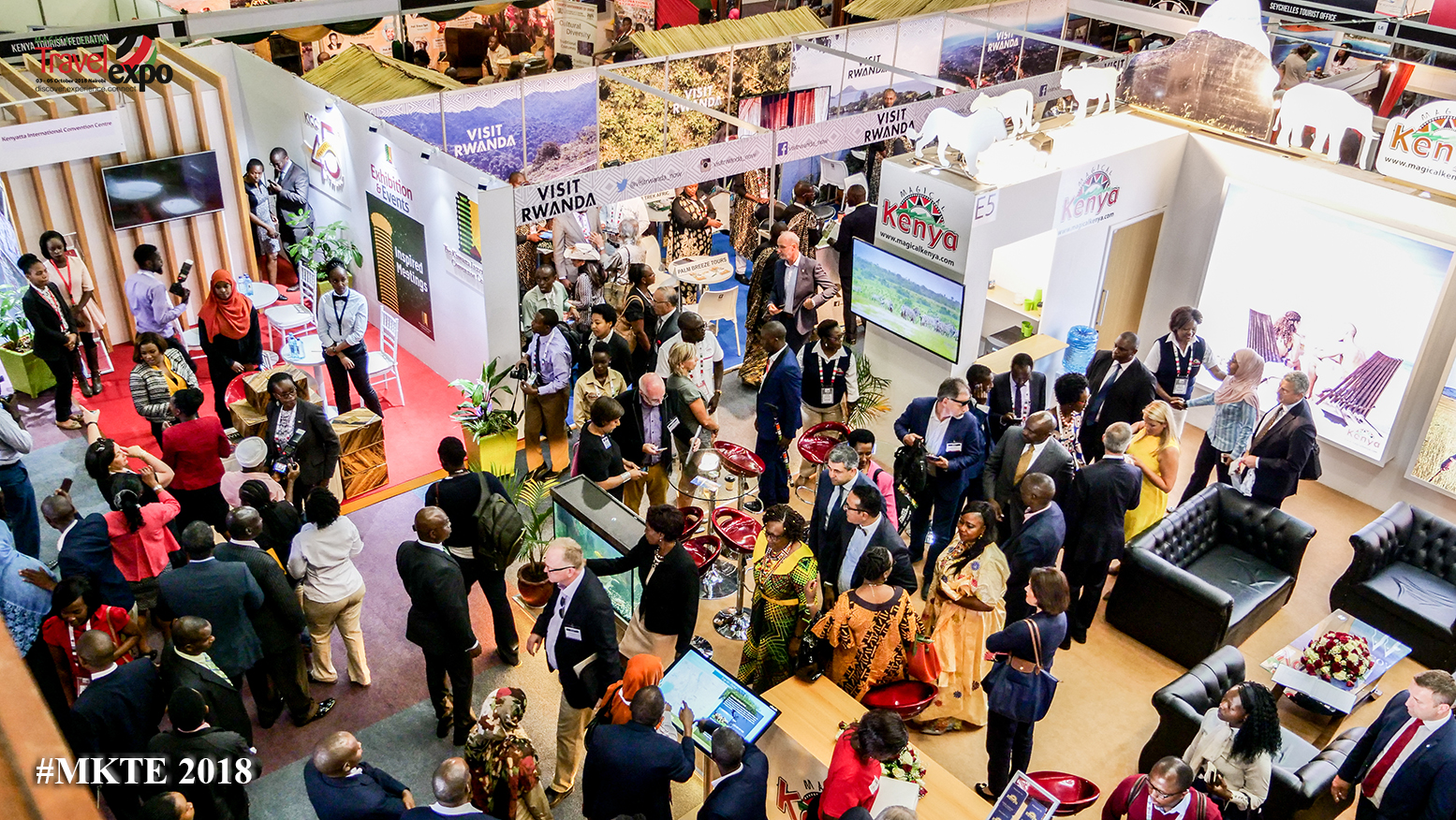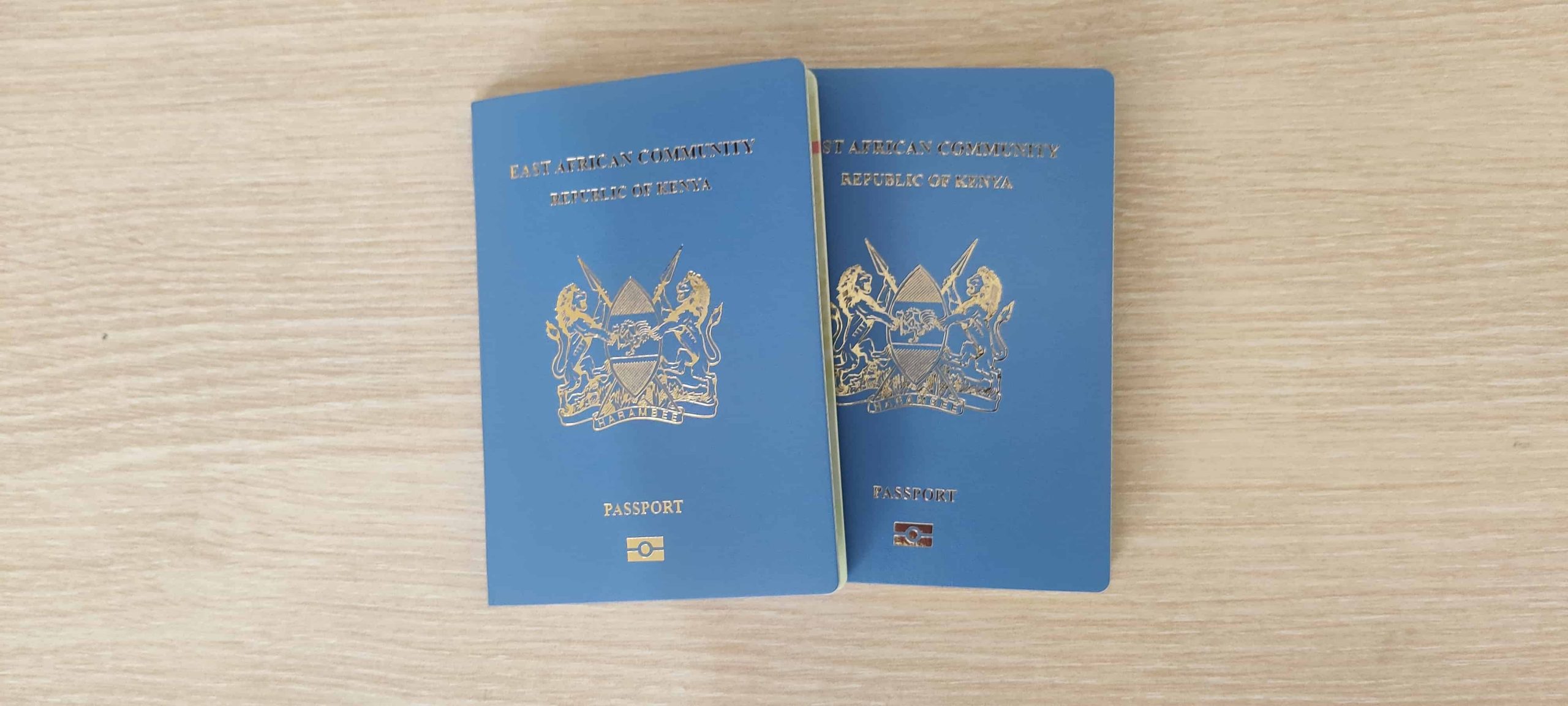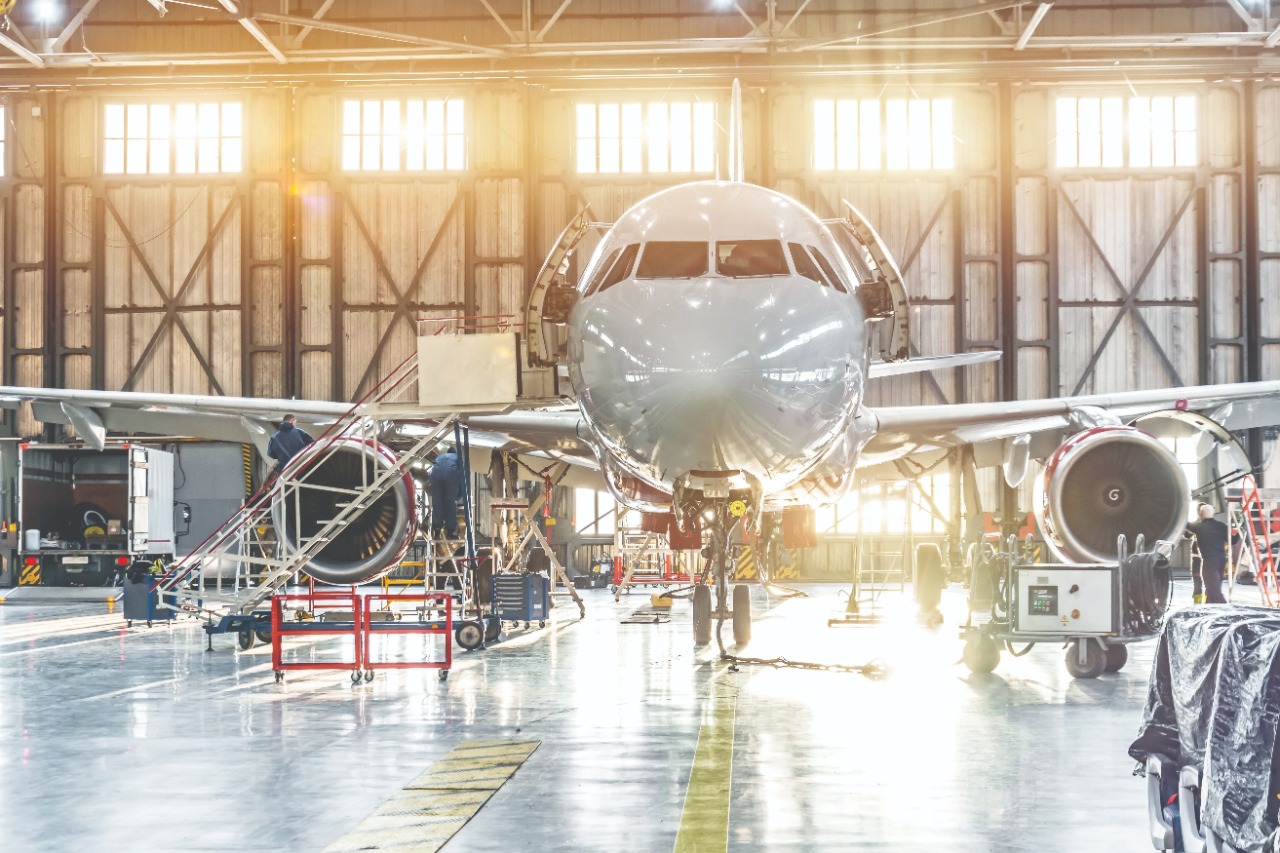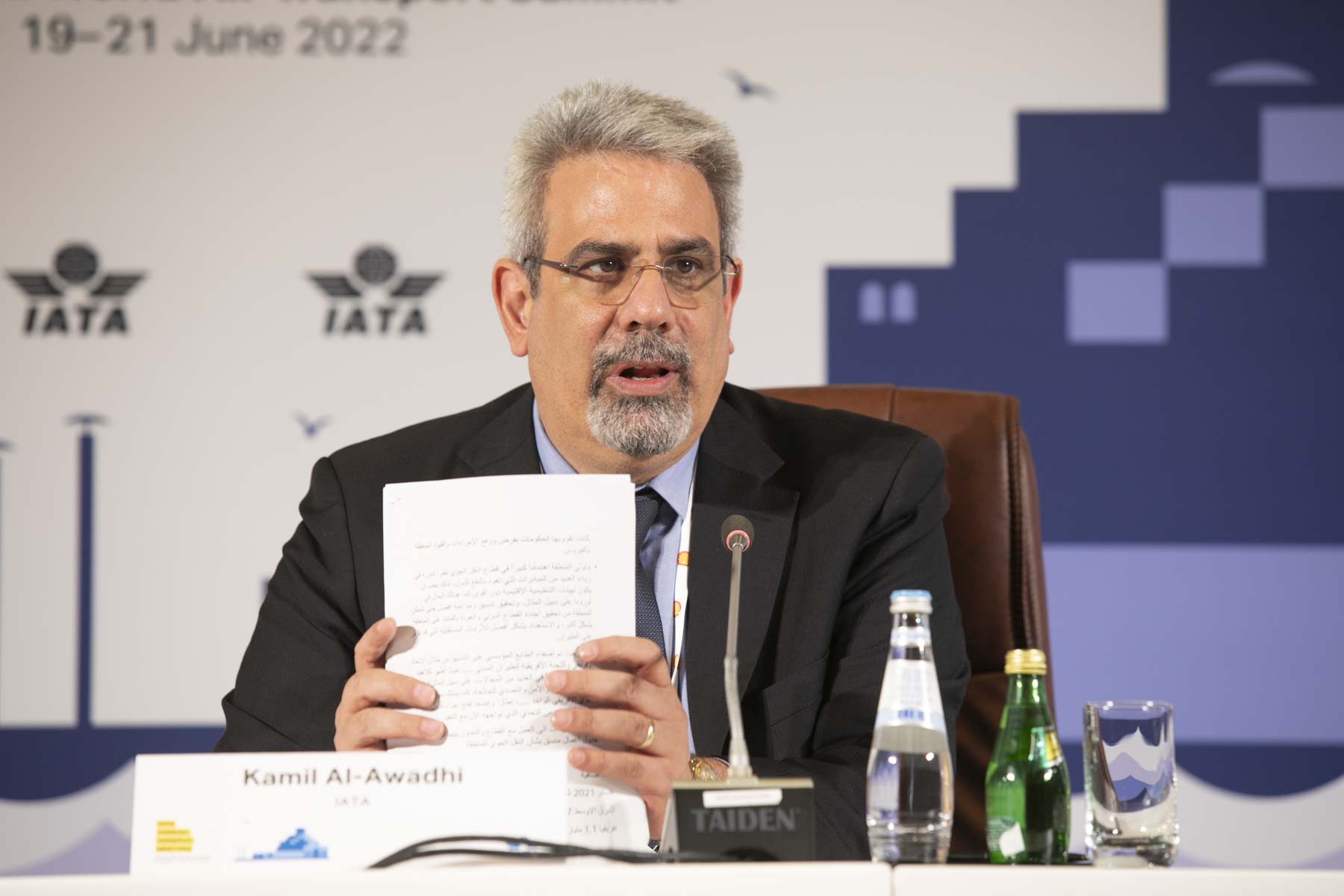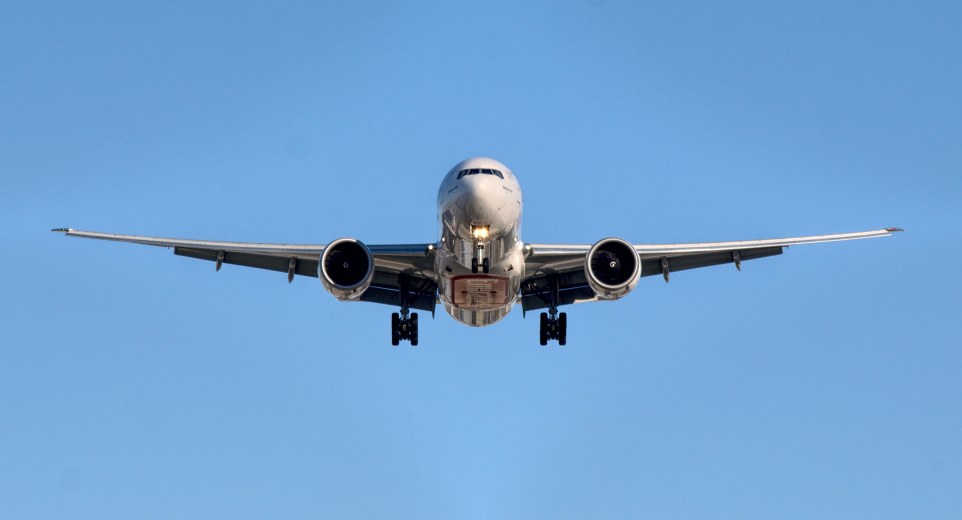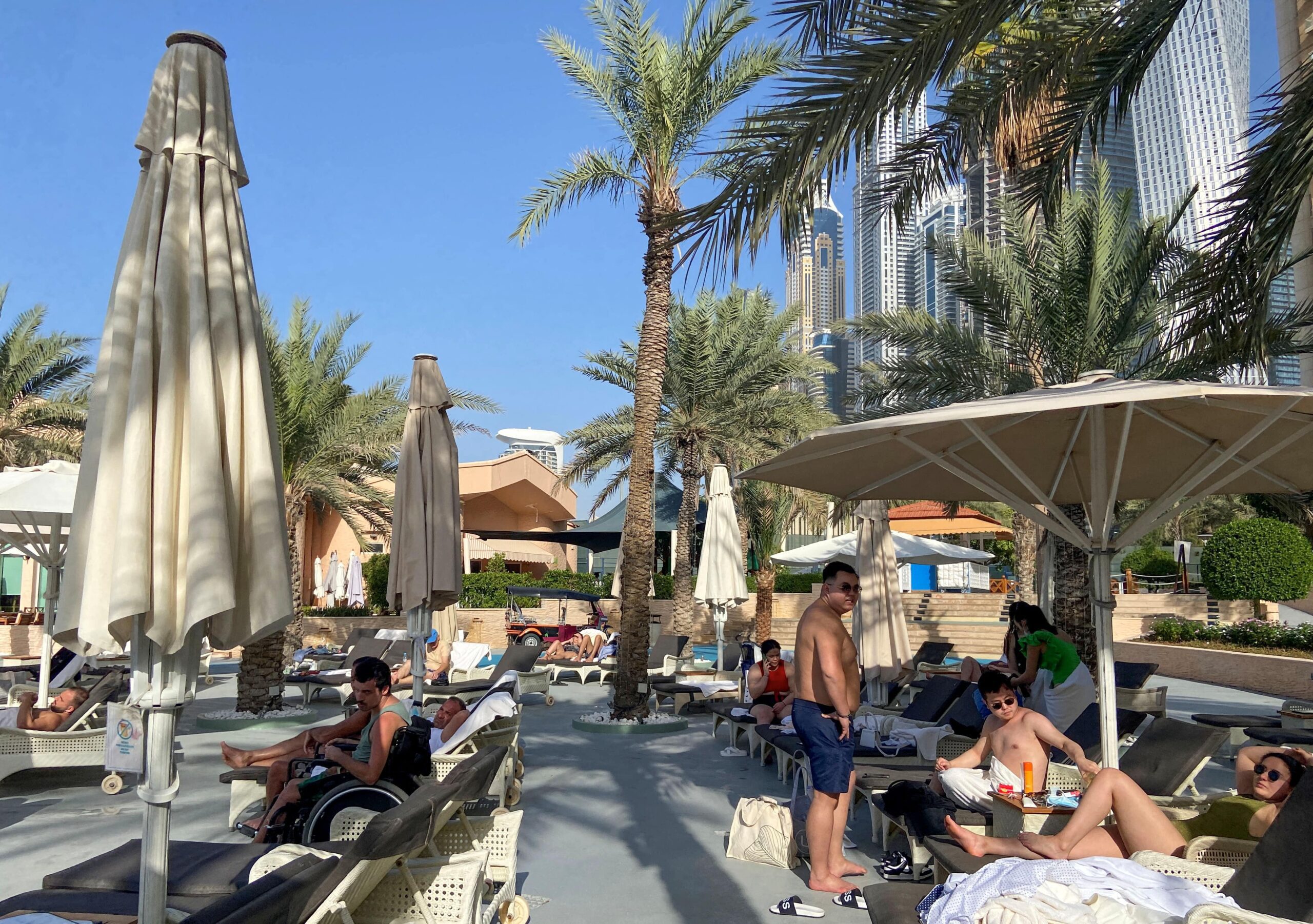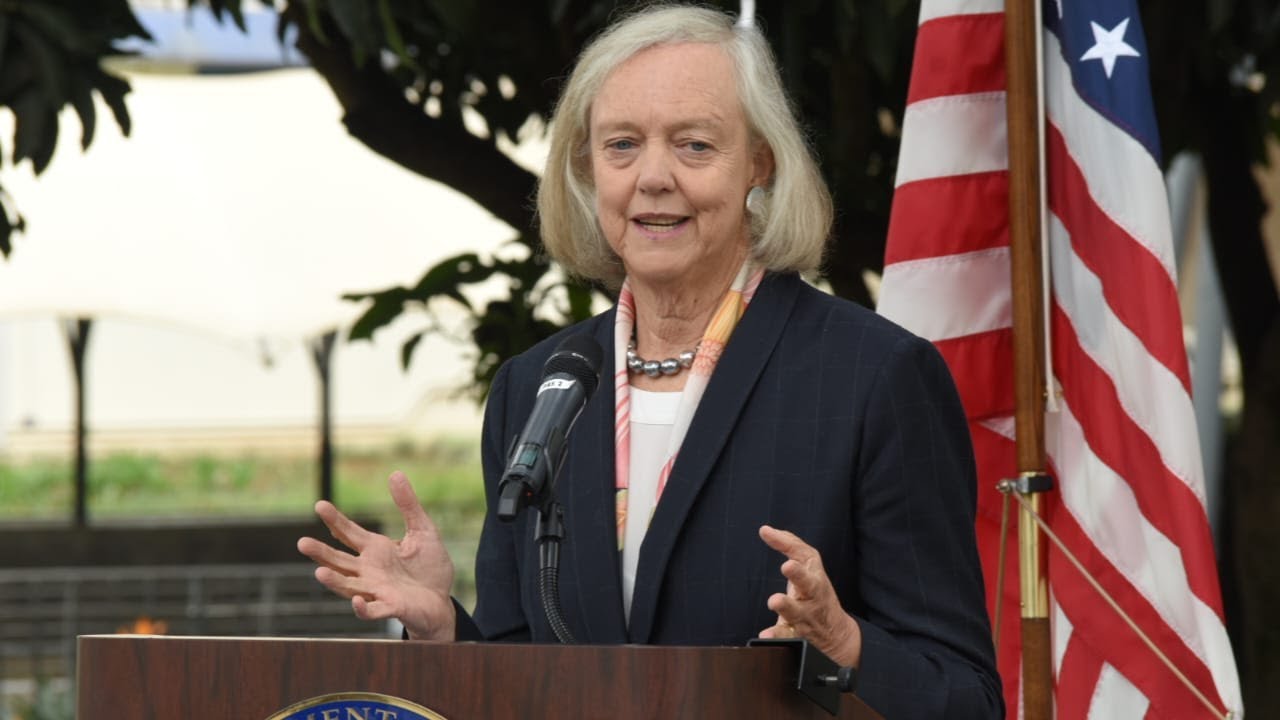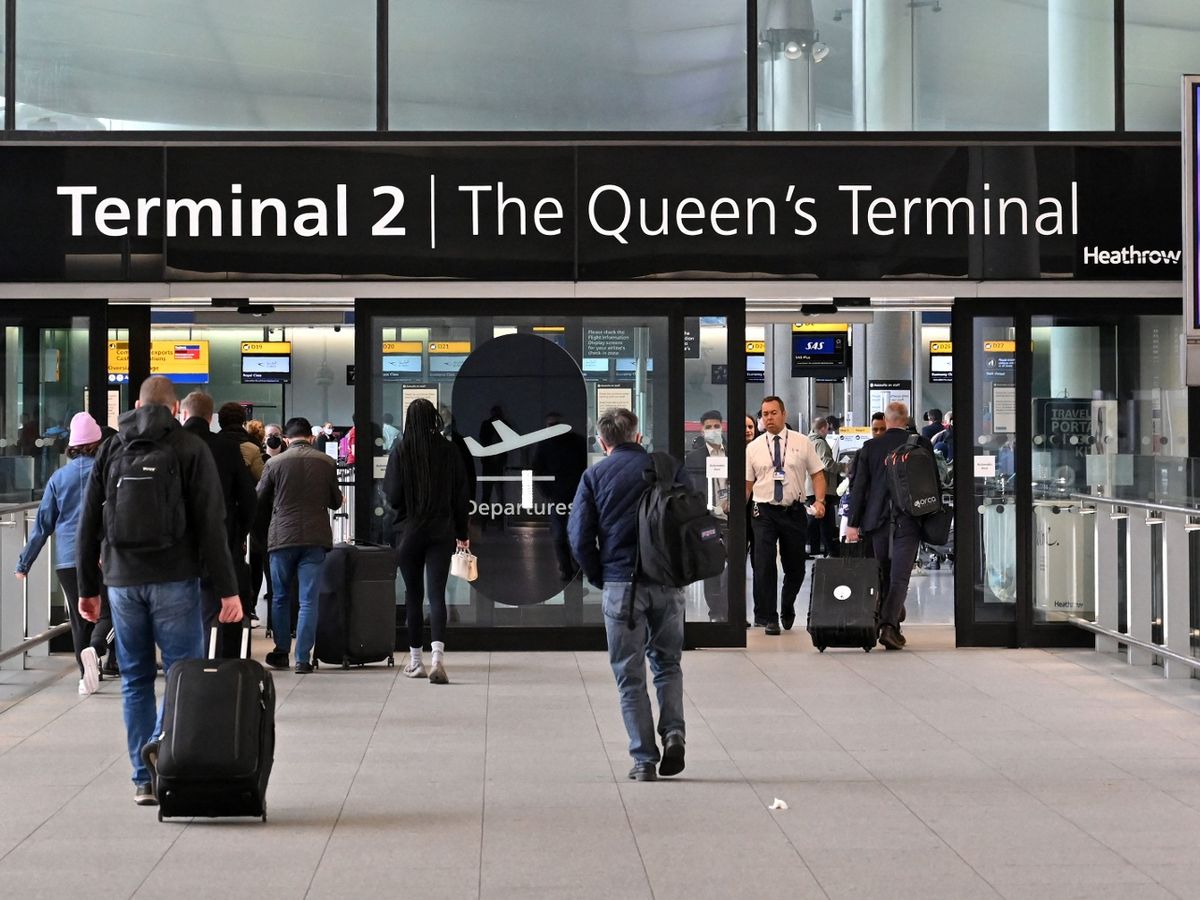Africa is considered the next big buyer of airplanes in the few years to come, yet there are no plane manufacturing companies operating on the continent.
Also, with the increasing number of planes on the continent, Africa continues to buy spare parts from outside the continent or fly planes across oceans to have them repaired.
Aviation experts and policy makers say, time has come for airplane manufacturers to open shop in Africa to ease the cost of running planes and also increase sales.
According to Patricia Uwase, the Minister of State in the Ministry of Infrastructure. “Africa has a lot of potential and one great untapped area is having aviation manufacturing industries on the continent.
A delegate during a tour of the exhibiton
“With the recent reports from International Air Transport Association (IATA) and the International Civil Aviation Organisation (ICAO) stating that Africa is the next largest continent to order aircraft, I see no reason why manufacturers are not setting up on the continent, hope many of you are going to choose to set up. We have all the right people to do that here and this should be the beginning of the discussions,” she added.
Uwase made the remarks on Tuesday while speaking at the 6th Aviation Africa Summit and Exhibition that kicked off on Monday, September 12 in Kigali.
The two-day summit that has brought together approximately 100 global aviation companies was concurrently hosted with the Salon Mondial des Infrastructures Equipments et Services Aéroportuaires (SMIESA).
Delegates follow the State Minister Uwase’s remarks during the 6th Aviation Africa Summit and Exhibition. Olivier Mugwiza
“Africa is truly meant to be on the map. We have enough traffic to support this growth. We have natural resources, but now we need to invest in human resources to drive the growth we need on our continent,” said Uwase.
She said that the proposed development in African aviation will not be completed without the Single African Air Transport Market (SAATM) which has not been implemented yet.
“We need commitment and action to implement it. we have the responsibility to give African citizens not only the opportunity to explore and access the continent but also to enjoy the economic benefits that come with it,” said the State Minister.
Africa integration
Just like several captains of the aviation industry, Uwase also believes that Africa’s integration is strongly hinged on the prosperity of the continent’s aviation industry.
“In the current global economy, being air linked is critical to social economic development and facilitates development in the air transport sector and critical to the prosperity and growth of African Continental Free Trade Area (AfCFTA),” she said.
Her views were equally echoed by Nigeria’s Minister for Aviation, Hadi Abubakar Sirika, saying that Africa’s interconnection mainly relies on aviation rather than any other means of transport.
“In accordance with African Union Agenda 2063 of integration, the only sure way of integrating Africa is by no other way than civil aviation. The quantum of wealth and the time it will take to put up railways and roads to connect and integrate Africa, it’s huge, the time and maintenance is out of our hands. It’s doable but very difficult. Also connecting by water is closely impossible since majority of the countries are landlocked, the only possible option is aviation,” he said.
He added that, “with 54 countries and 1.2 billion people, Africa is surely a powerhouse for the world of today and the world to come but we must be able to integrate if we want to leap to the next step.”
Manufacturers eye Africa
During the summit, several manufacturers spoke of their prospects to Africa and even mentioned the numbers of planes they will be selling to African airlines.
A delegate gets some information as he tours the exhibition.
“We are looking at making 1200 new deliveries of passenger planes in Africa in the next two decades. We also estimate to train about 12,000 pilots and 16,000 engineers in that same period. So, there is growth,” said Benoit Scourion, the Services Sales Director, Airbus Africa-Middle East.
He however pointed out that there is still a challenge of interconnection within Africa which may be a hindrance to the aviation growth on the continent.
“The continent is fragmented and there are discrepancies depending on where you are located which comes with different capacities and capabilities, yet with the growth, we need to reach to the entire aviation ecosystem in Africa,” said Scourion.
Airbus forecasts that air traffic in Africa will achieve full recovery to 2019 levels between late 2023 and beginning 2025. Globally, cargo is already operating today at 9% above pre-crisis levels, and in Africa 23%
Embraer, one of the largest commercial aircraft manufacturers has also built a great presence on the continent, with over 200 aircraft operating at over 60 airlines and plans to increase its supplies.
Participants of the two-day summit that has brought together over 100 global aviation companies, interact during a tour of the exhibition
At the sidelines of the summit, Embraer also showcased their latest release, the E195-E2, the quietest and most efficient single aisle aircraft flying, saving up to 25% carbon dioxide emissions compared to previous generation aircraft, can carry up to 146 passengers in single-class configuration and 124 passengers in a typical dual class configuration.
In a press briefing during the summit, Boeing’s Managing Director of Commercial Marketing for the Middle East and Africa, Randy Heisey, told journalists that the company has estimated that intra-regional and domestic networks across the African content would grow with a robust 6.1 per cent compound annual growth rate, driving 20-year demand for 1,010 new airplanes by 2040 and valued the demand for new airplanes by the continent’s carriers at $176 billion.
Heisey forecasted that the continent’s air traffic growth is expected at 5.2 per cent, the third highest among global regions.
Qatar Airways staff pose for a photo at the company’s stand in the exhibition.
The two-day summit that has brought together over 100 global aviation companies.
Source: New Times



